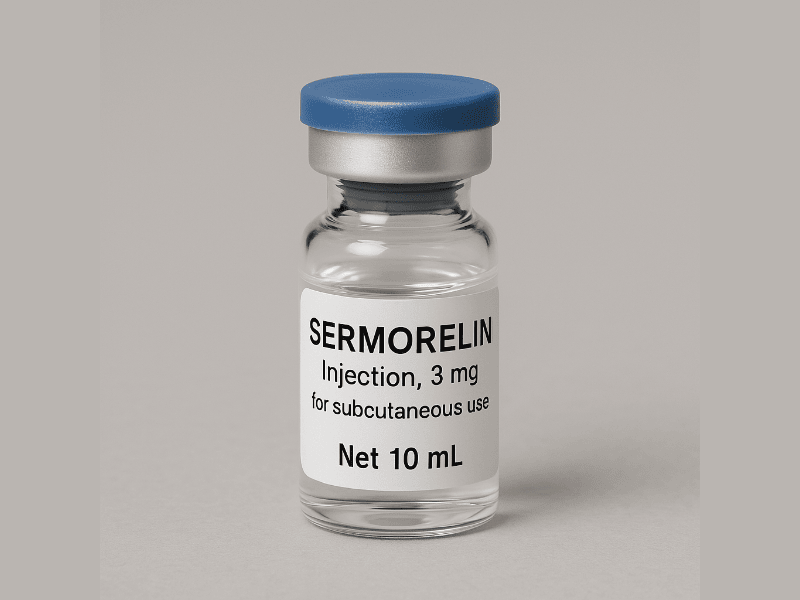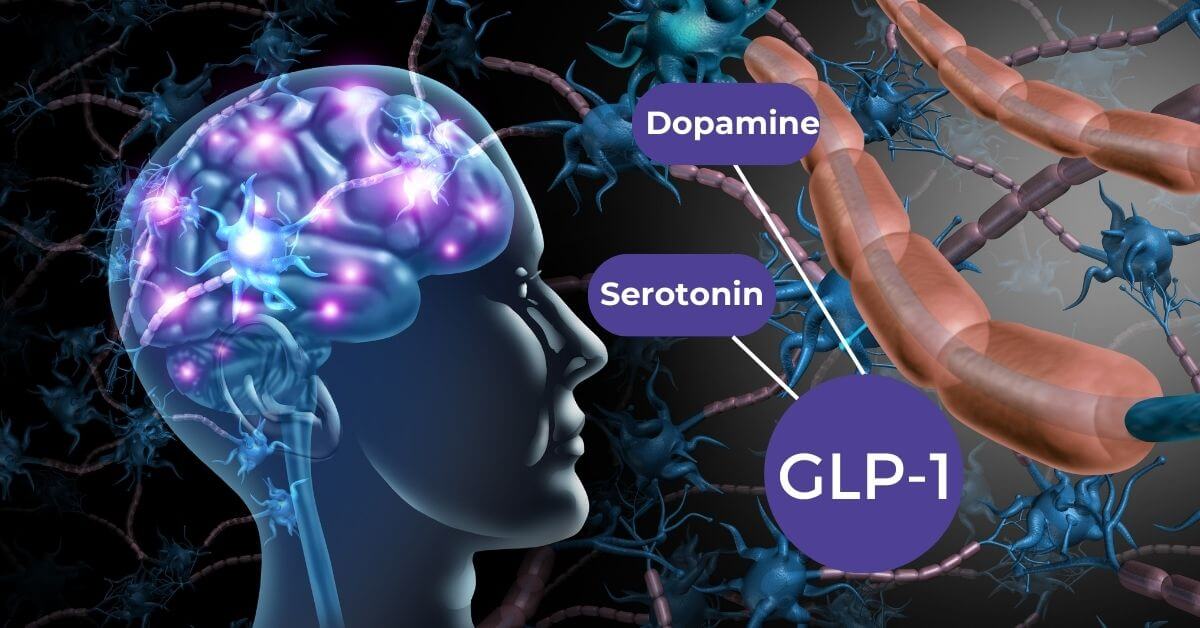The skin is the largest organ of the body and many conditions may affect it, such as acne. Many skin conditions are caused by bacteria on the skin, which can enter the skin through the hair follicles or scrapes, burns, bites, wounds, and other skin disorders. At Text2MD, we know that understanding the symptoms of skin infections can help you more easily seek medical attention when you need it.
What Are the Symptoms of Bacterial Skin Infections?
The symptoms of a bacterial skin infection can range from very mild to very severe. Usually, you will be able to notice symptoms of an infection during the early stages, but you may not seek treatment unless the symptoms are very bothersome. Remember that it’s always important to seek medical attention when you are having symptoms that are new or unrelated to other conditions you may have. Early treatment is always the best remedy.
Although there are many different types of bacterial infections that can affect the skin, many of these infections share similar symptoms. You will need a consultation and maybe even lab work to correctly diagnose a bacterial infection of the skin. Some of the most common symptoms of infections include:
- Red patch of skin
- Spreading red patch of skin
- Swelling and tenderness
- Warmth on a patch of skin
- Pain
- Itching
- Red spots
- Pimples or bumps
- Blister-like sores
- Rashes
- Fever
Bacterial infections are fairly common and some symptoms you have may develop suddenly. Unlike other skin conditions, you will usually see a bacterial infection on an area where the skin is already injured or within the hair follicle of the skin itself. If you have a fever with other symptoms, then you should seek medical attention right away as this may be an indication that your bacterial infection is spreading.
Common Skin Infections
Several strains of bacteria can affect the skin and cause various skin infections. Some of the most common bacterial infections include cellulitis, impetigo, and folliculitis. Many bacterial infections can remain on the same portion of the skin, or they can easily be spread to other areas of the skin. Some infections can worsen and spread to the blood, which is why it’s important to seek treatment as soon as possible.
How Are Bacterial Infections Treated?
When it comes to bacterial infections of the skin, usually the most effective treatments are using topical antibiotics to eliminate the bacteria causing the infection. Topical medications are generally prescribed by your physician because they will be formulated with specific chemicals that target certain strains of bacteria. It’s important to use the right topical medication so the bacterial infection can be contained and eliminated before it can spread or worsen your skin condition.
Sometimes, topical medications are not powerful enough to address certain bacterial infections. For some people, oral antibiotics may be more effective, particularly when combined with corticosteroids or other topical medications. Oral antibiotics work by eliminating bacteria inside the body or the deeper layers of the skin that topical medications may not be able to treat.
Draining
Some bacterial infections produce pimples or pus-filled sores that will need to be drained. Draining these bumps and sores is the best and fastest way to get the bacteria off your skin so your treatment can be most effective. You should never attempt to drain pus-filled sores by yourself at home. Draining sores should be done by a physician who will use sterile tools and wound dressings.
Over-the-Counter Treatments
For some, over-the-counter products may be a good substitute for some types of bacterial infections or used in combination with antibiotics to address symptoms of the infection. Your doctor may recommend OTC creams and anti-inflammatory medications to assist your recovery. Be sure to ask your doctor or pharmacist about using any over-the-counter treatment with topical or oral antibiotics.
At-Home Treatments
Are there at-home treatments you can use to treat a bacterial infection of the skin? There are a few natural remedies that can be combined with medical treatments or used to treat mild infections. It’s important to remember that you should not try at-home treatments unless recommended by your doctor or unless your doctor has diagnosed you with a bacterial infection that does not require antibiotics.
Most at-home treatments will soothe the symptoms of a bacterial infection, but will not treat the infection directly. Some natural remedies can include aloe vera, honey, and tea tree oil, all of which are naturally antibacterial and can be applied to most skin without concern. You should ask a physician about combining any of these products with topical or oral antibiotics.
Do Bacterial Infections Go Away By Themselves?
There are some bacterial infections of the skin that may go away by themselves simply because your immune system will eliminate the bacteria and heal your skin. Treatment is usually necessary for bacterial infections because the immune system is overwhelmed by the bacteria or because the bacteria is threatening to spread to other areas of the body or into the blood.
You may be able to treat a bacterial infection of the skin without using antibiotics, but this is only true for certain types of infections. Staph bacterial infections do not always require antibiotics and may go away with enough time. Your physician will determine how much treatment you will need for your infection based on the type of bacterial infection you have and your health.
Are There Infections That Are Harder to Treat?
Of all the bacterial infections that can affect your skin, cellulitis and folliculitis are the most common and also the conditions that may not require antibiotics to treat depending on the severity of your infection. However, some infections may be resistant to antibiotics and may require more advanced treatments. For example, MRSA is a staph infection that is resistant to common antibiotics; to treat this skin infection, you may need stronger antibiotics or other treatments.
When Will You See Results From Treatment?
Most of the time, you will be able to see the results from your treatment in as little as two to three days after you start the use of oral or topical antibiotics. Antibiotics work by immediately eliminating bacteria on the skin, but it may take some time for all of the bacteria to be eliminated. Usually, a round of oral antibiotics will be used for seven to 10 days, while topical antibiotics will be used for up to two weeks. Your results will continue to improve when you use your medications as prescribed.
How Long Until Your Infection Is Healed?
The major symptoms of your bacterial infection will usually be resolved within about one week of starting your treatment, but your infection may not be fully treated for at least two weeks. It may be tempting to stop using oral or topical antibiotics when your symptoms start to go away, but it’s important to finish the full round of your antibiotics to get the most benefit from your treatment.
When you stop using oral or topical antibiotics too soon, your bacterial infection may not be fully treated and may become worse. Always use antibiotics as prescribed by your physician.
Can Infections Be Recurring?
Usually, once a bacterial infection of the skin is cleared, it will not occur again. However, some types of bacterial infections may happen again in different areas of the skin. This is particularly true for conditions like folliculitis, which can occur in any hair follicle infected with bacteria.
Can You Prevent Infections?
After your bacterial infection is treated, one of your goals may be to prevent infections in the future, particularly because using antibiotics can be hard on the body and may interfere with other medications, including birth control. The best way to prevent future skin infections is to be conscious about your hygiene, particularly washing your hands when you have any type of open wound on the body. Using Neosporin and a bandaid when you have a cut or small wound can also be preventative.
Seek Treatment Today
Bacterial skin infections can range from very mild to very severe, so if you have any new symptoms then you should seek medical attention right away. A physician will examine your skin, discuss your symptoms, and maybe test a skin sample to diagnose your infection. Antibiotics are the most commonly used treatments for bacterial infections, but some mild infections may go away on their own or with at-home treatments. If you think you may have a bacterial skin infection, please contact Text2MD to schedule a consultation today.





